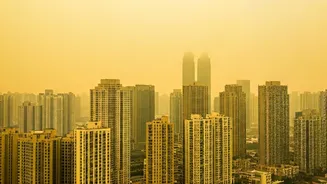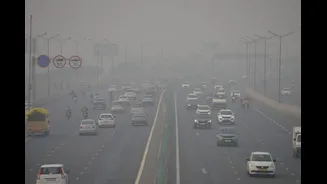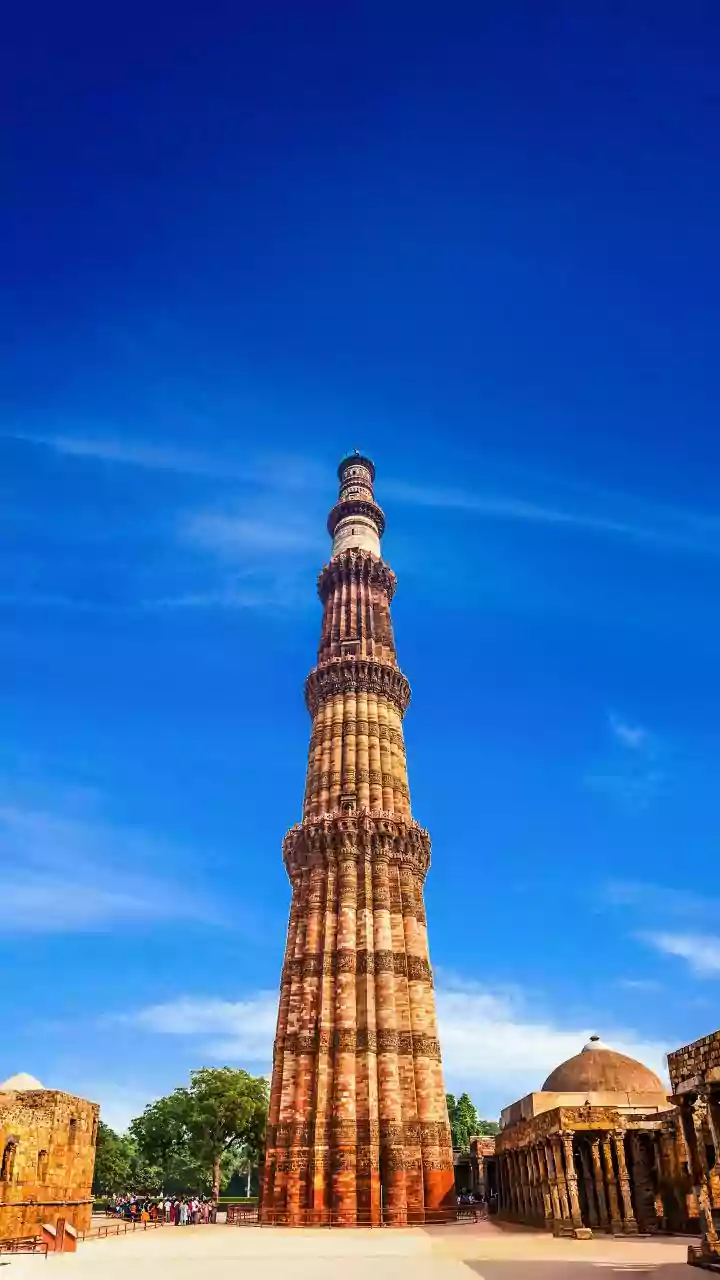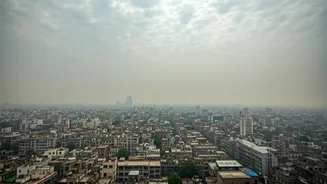Current Air Quality
Recent data reveals significant variations in Delhi's Air Quality Index (AQI). For example, the AQI recently spiked to 242, indicating a concerning level
of pollution. Specific areas within Delhi have experienced even higher pollution levels; Anand Vihar was reported as the worst hit, with an AQI reaching 370. This fluctuating data underscores the dynamic nature of Delhi's air quality and the need for continuous monitoring. Understanding the current AQI is the first step in addressing the challenges posed by air pollution. The variations within the city highlight the complexities of localized pollution sources and the urgent need for targeted interventions to protect public health. Regular updates and public awareness campaigns are essential to keep citizens informed about the immediate risks and guide appropriate actions.
Sources of Pollution
Multiple factors contribute to Delhi's poor air quality. The primary sources include vehicular emissions, industrial activities, and construction-related dust. During specific seasons, such as winter, stubble burning in neighboring states further exacerbates the problem. The interplay of these diverse sources creates a complex pollution landscape. Vehicular emissions from cars, buses, and other vehicles release harmful pollutants like particulate matter and nitrogen oxides. Industrial operations, including factories and manufacturing units, release pollutants into the atmosphere. Construction sites, with their activities involving demolition and earthworks, generate significant dust. Stubble burning, though often occurring outside Delhi, causes transboundary pollution, with smoke and pollutants drifting towards the city. Effective air quality management requires a multi-pronged strategy that addresses all these sources to achieve tangible improvements.
Health Impacts
Poor air quality poses significant health risks to Delhi residents. Exposure to pollutants can cause respiratory illnesses, such as asthma and bronchitis, particularly among children and the elderly. Long-term exposure to polluted air is linked to cardiovascular diseases and other serious health issues. Children are especially vulnerable because their lungs are still developing, making them more susceptible to respiratory infections. The elderly are also at higher risk due to their weakened immune systems and pre-existing health conditions. The health impacts extend to increased hospital visits and a decrease in overall quality of life. The need for effective preventative measures and timely interventions to protect the health of Delhi's citizens is crucial. Regular health check-ups, especially for vulnerable populations, and immediate medical attention during severe pollution episodes are vital strategies to mitigate the impacts of poor air quality.
Mitigation Strategies
Several mitigation strategies are being implemented to improve Delhi's air quality. These include measures by both government and individuals. The government focuses on initiatives like promoting cleaner fuels, enhancing public transportation, and enforcing stricter emission standards. Encouraging the use of electric vehicles can significantly reduce vehicular emissions, which is a key step towards cleaner air. Individual actions are equally important, such as using public transport or carpooling whenever possible. Further measures include regular vehicle maintenance and reducing the burning of waste, leaves, or other materials. The combined effort of government policies and individual actions is critical for the long-term success of pollution reduction efforts. Awareness campaigns and education on the importance of clean air can empower citizens to contribute effectively to a healthier environment.
Air Purifier Guide
In the face of fluctuating air quality, air purifiers offer a practical solution for indoor air purification. While many air purifiers are available, several models are available under Rs 5,000, presenting accessible options for many households. The market includes various brands, like Honeywell and Eureka Forbes, which provide air purifiers effective at removing pollutants from indoor air. Choosing an air purifier that suits the specific needs of a household is essential; factors like room size and the type of pollutants to be filtered should be considered. Air purifiers should be maintained according to the manufacturer's instructions. By taking the correct actions, these products can play an important role in improving indoor air quality, which adds to a more comfortable and safer living environment during pollution episodes.













